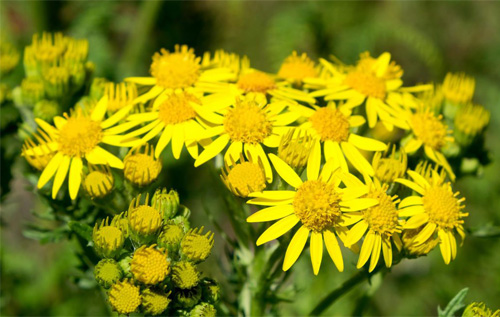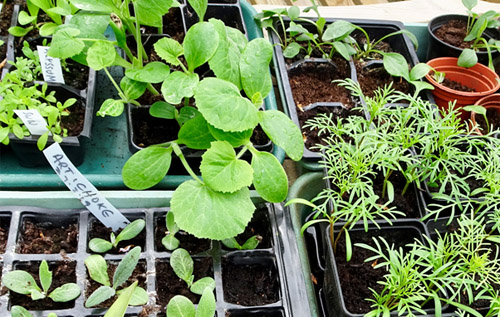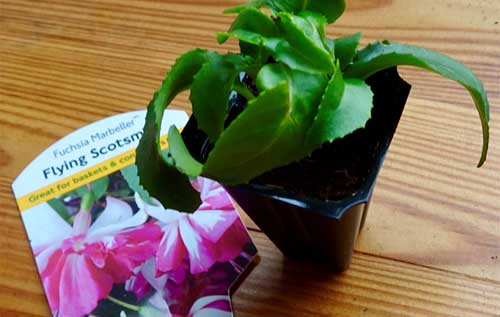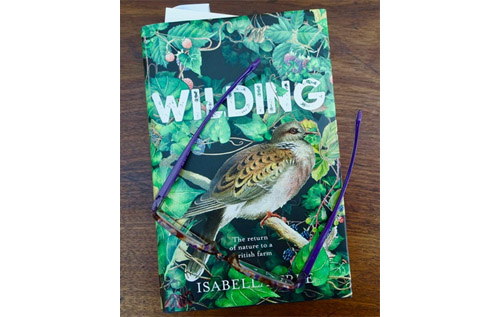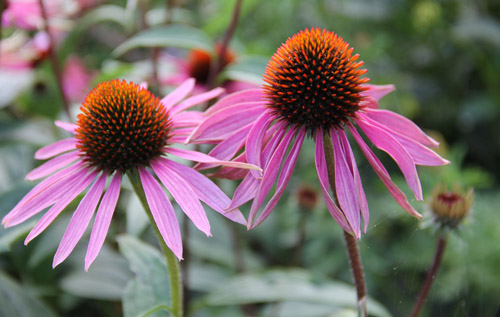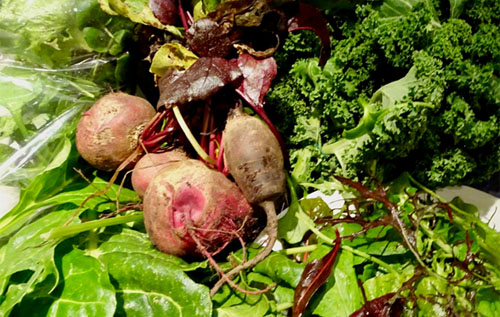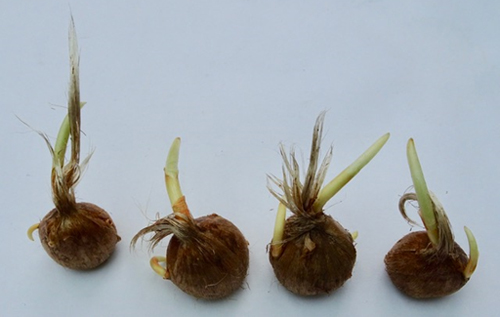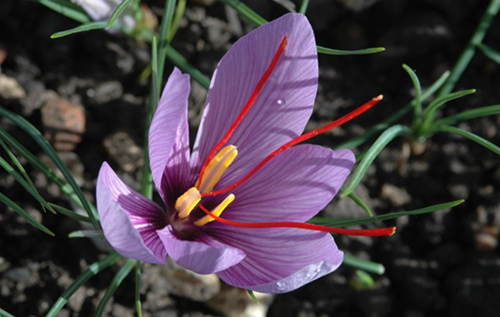By Victoria Plum
The big Reepham & District Gardening Club trip for the year necessitated getting our passports stamped as we travelled first to East Bergholt in Suffolk, where we made a welcome stop at The Place for Plants.
There is a garden to visit here, but some of us were keener on looking at the many specialist plants in the sales area (conveniently near the café where, as specialists, we tried the cake). The quality, and varieties, of plants was impressive, and the care with which they were tended was impressive too. I even bought two.
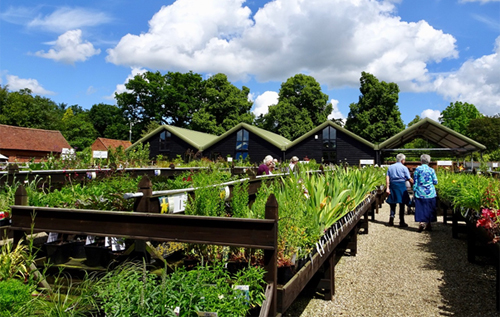
Above: Our favourite bit of The Place for Plants.
We drove on to Hyde Hall in Essex, which is our nearest Royal Horticultural Society garden. As you might expect everything there is done to exemplary standards: plants well labelled, pruned and cared for, and few weeds in sight.
The variety of planting and garden style was fascinating and effective. I was particularly intrigued by the Global Growth Vegetable Garden, which is what it says. There were plants growing there I had heard of but had no idea, until my visit, of what they actually looked like.
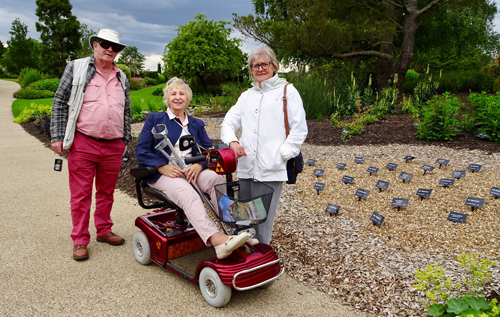
Above: Reepham & District Gardening Club outings organiser Celia Else (centre) with keen garden visitors.
As it was late when we returned to Reepham, we enjoyed a really good Chinese takeaway from the Happy House in Back Street.
I noticed that the plastic containers they use are recyclable (although I will reuse them anyway) and made in the UK, so they don’t have to travel all the way from China in a shipping container. Hooray!
The June meeting of Reepham & District Gardening Club featured Tony Goode, an alpine specialist, who shared his enthusiasm for these tiny plants that grow in microclimates. His message was that however short of time or space, alpines will reward us because they need little care and maintenance.
Join us for our next meeting on Tuesday 6 July in Reepham Town Hall, Church Street, Reepham, when “Lady Molecatcher” Louise Chapman will tell us about catching moles.
I will be listening carefully, as I too have expertise in this.


